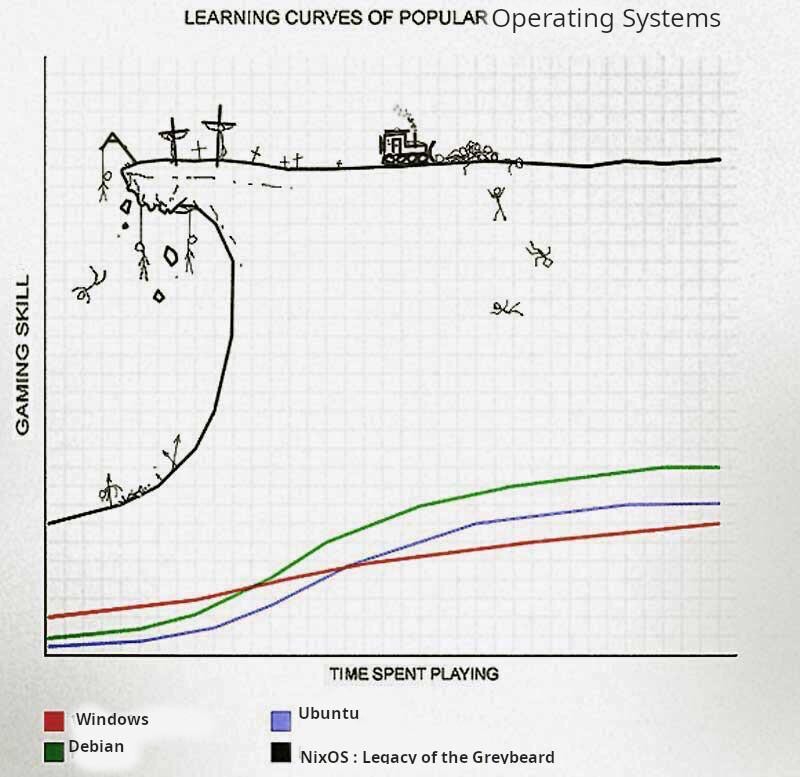this post was submitted on 06 Jul 2024
564 points (95.6% liked)
linuxmemes
21378 readers
1299 users here now
Hint: :q!
Sister communities:
Community rules (click to expand)
1. Follow the site-wide rules
- Instance-wide TOS: https://legal.lemmy.world/tos/
- Lemmy code of conduct: https://join-lemmy.org/docs/code_of_conduct.html
2. Be civil
- Understand the difference between a joke and an insult.
- Do not harrass or attack members of the community for any reason.
- Leave remarks of "peasantry" to the PCMR community. If you dislike an OS/service/application, attack the thing you dislike, not the individuals who use it. Some people may not have a choice.
- Bigotry will not be tolerated.
- These rules are somewhat loosened when the subject is a public figure. Still, do not attack their person or incite harrassment.
3. Post Linux-related content
- Including Unix and BSD.
- Non-Linux content is acceptable as long as it makes a reference to Linux. For example, the poorly made mockery of
sudoin Windows. - No porn. Even if you watch it on a Linux machine.
4. No recent reposts
- Everybody uses Arch btw, can't quit Vim, and wants to interject for a moment. You can stop now.
Please report posts and comments that break these rules!
Important: never execute code or follow advice that you don't understand or can't verify, especially here. The word of the day is credibility. This is a meme community -- even the most helpful comments might just be shitposts that can damage your system. Be aware, be smart, don't fork-bomb your computer.
founded 1 year ago
MODERATORS
you are viewing a single comment's thread
view the rest of the comments
view the rest of the comments

If you don't already know the benefits it's unlikely it solves a problem you have.
Even among its users many are using it because it's cool rather than because they actually need it.
It's a declarative system, meaning you can describe how it should be setup (using a magic strings you have to look up online) and then it "sets up itself" according to the description.
It's normally something you'd use for mass and/or repetitive deployments.
It's usefulness for a single system is debatable, considering you can achieve very close to 100% of "reproducibility" anyway by copying /home and /etc and fetching a copy of the package list.
Where the prescriptive approach is supposed to help is when you attempt to reproduce the system a long time later, after things like config files and packages have changed. But it doesn't help with /home, it hasn't been tested over long intervals, and in fact nobody guarantees long term compatibility for Nix state.